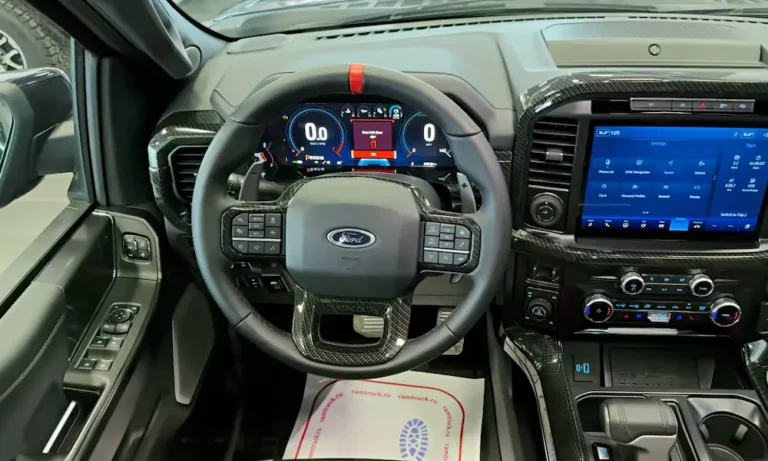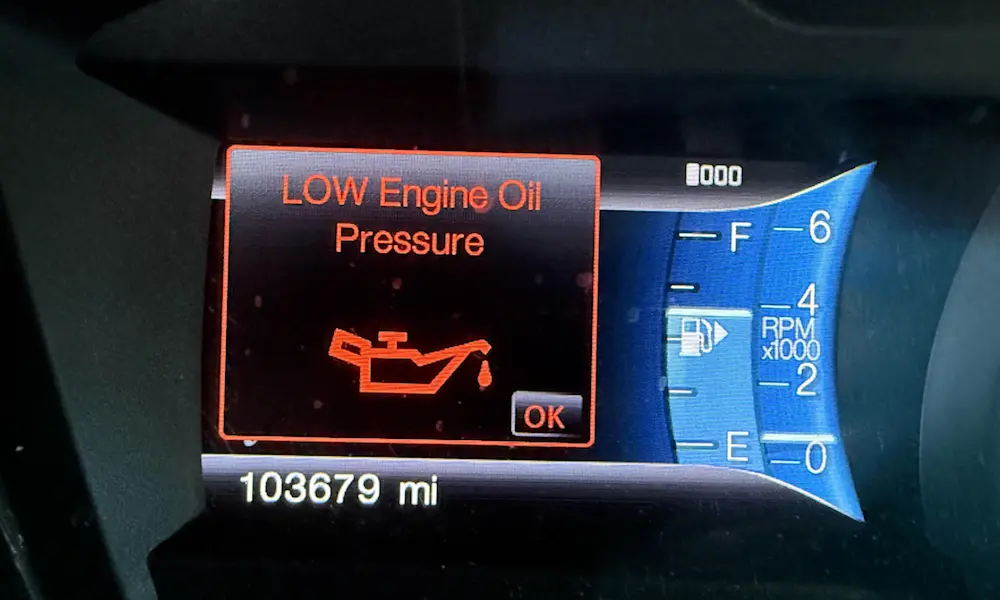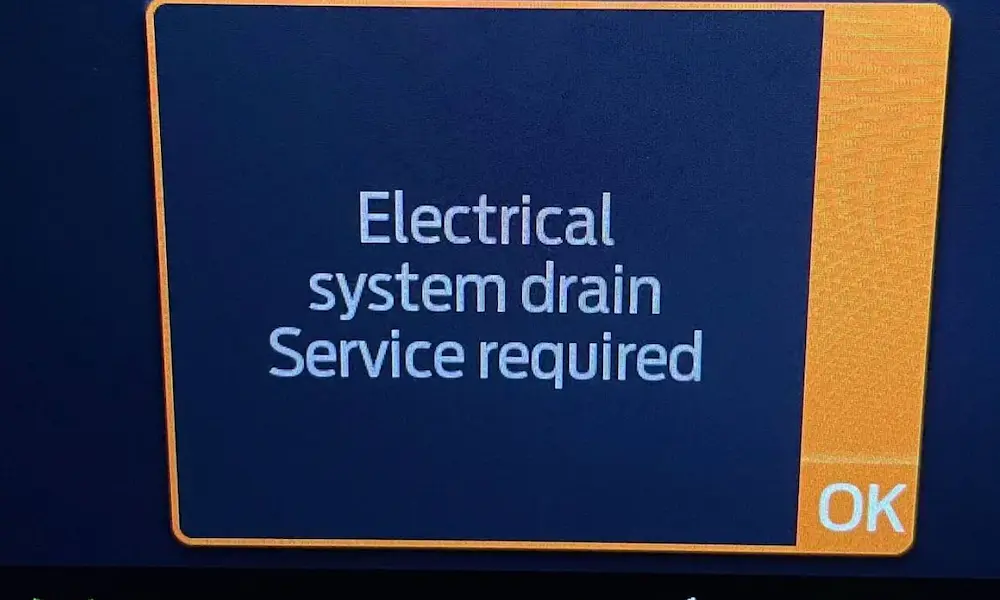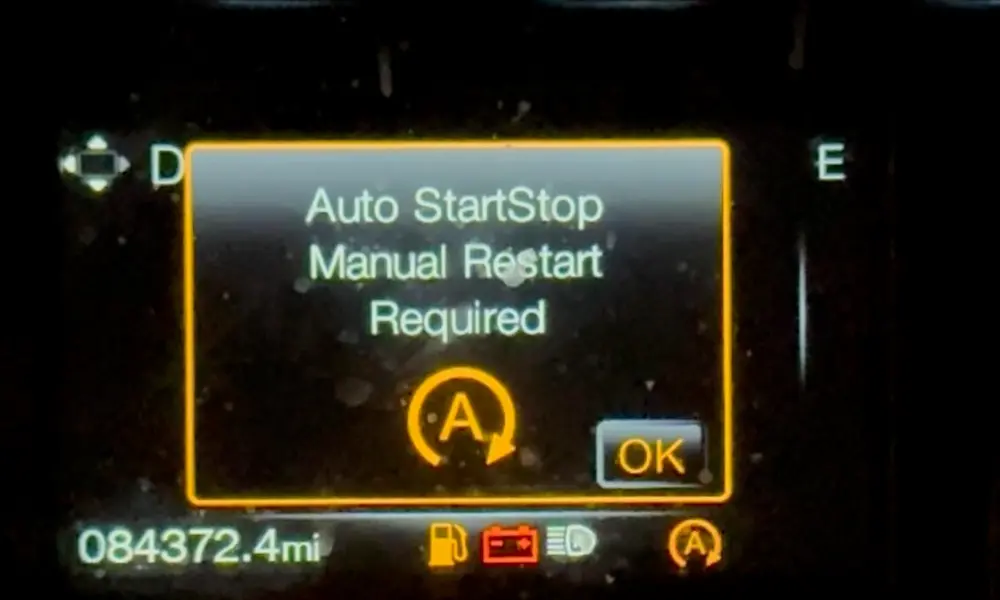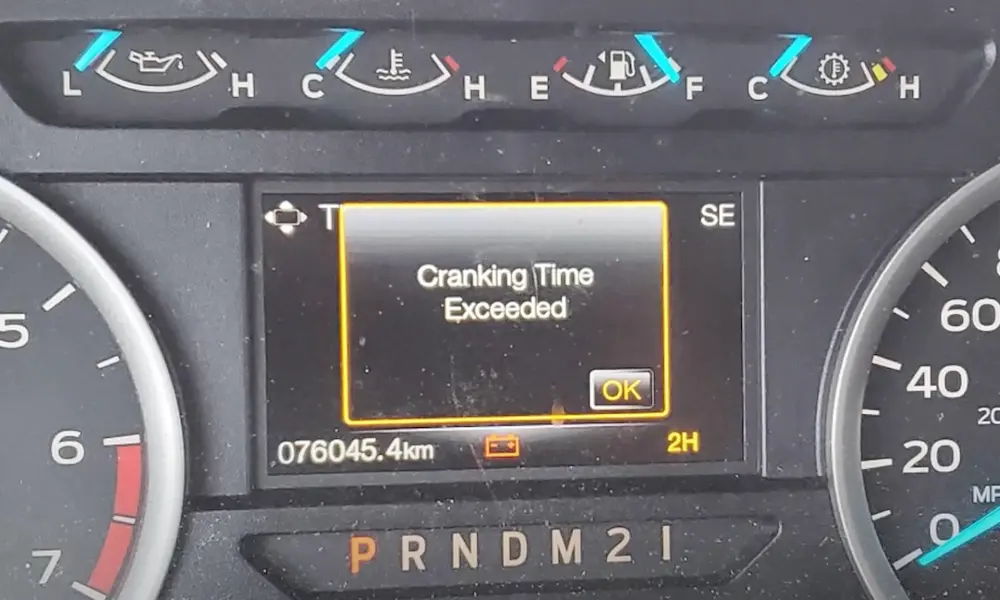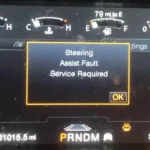Having your car display the “Park Brake Limited Function Service Required” message can be frustrating. This warning often points to issues like battery problems, wiring faults, or exposure to moisture. You might wonder if it’s something you can fix yourself or if it requires a trip to your dealer. Dive in to explore the causes and solutions, and discover how to get your vehicle back in top shape.
Understanding Park Brake Systems
Park brake systems are crucial for holding your vehicle stationary when parked. These systems come in various types, from traditional hand brakes to modern electronic versions. Knowing the components and varieties can help you understand their function and maintenance needs.
Components of a Parking Brake System
Your parking brake system is made up of several key components. A lever or pedal is used to engage the brake. This connects to cables that link to the brake mechanism at the wheels. In manual systems, the drum or disc brakes are often separate from the regular brake system, ensuring that they work independently if needed.
With electric parking brakes, there is a control module and electric motor that work to engage the brakes without manual cables. This system is usually controlled by a button, providing ease of use and consistent pressure. Sensors and a control unit help in diagnosing issues, like those related to low voltage or other faults.
Varieties of Parking Brakes
There are several types of parking brakes available. The hand brake, also known as a manual brake, is typically found in older vehicles. It consists of a lever or pedal that you manually engage.
The electric parking brake is more common in modern cars. This system uses an electric motor to apply the brakes at the push of a button. It includes features such as automatic engagement when the vehicle is turned off.
Foot-operated parking brakes are another type, commonly found in many family cars and trucks. These are operated by pushing a pedal, similar to old-style hand brakes but more ergonomic for some drivers. Each type offers unique benefits and drawbacks depending on your vehicle’s design and your personal preference.
Common Issues Leading to ‘Park Brake Limited Function Service Required’ Message
When you see the “Park Brake Limited Function Service Required” message, it often signals a problem with your vehicle’s braking system components. Below are common issues that might trigger this alert, including electrical and mechanical problems, wear on parts, and issues with the ABS module and sensors.
Electrical Issues and Connector Problems
Electrical issues, like a damaged wiring harness, are frequently the cause of the “limited function” message. When wires become corroded or damaged, the connection to the parking brake system can weaken, leading to potential system malfunctions. Additionally, connectors might loosen over time or get dirty, affecting the communication between the brake switch and the vehicle’s system.
Regular inspections can prevent these issues. It’s important to keep connectors clean and tightly secured to maintain optimal performance. If you notice flickering dash warnings or intermittent functionality, consider checking the wiring and connections to diagnose and address these problems.
Mechanical Failures and Corrosion
Mechanical failures often stem from worn-out or damaged components. Corrosion is a common culprit that affects metal parts in the braking system. Over time, moisture can lead to rust build-up on the brake drums or cable assemblies, causing poor performance.
Another issue could be with the actuator or calipers, which sometimes seize due to corrosion. Regular maintenance and keeping mechanical parts well-lubricated are effective strategies to minimize these risks. If your vehicle struggles to engage or releases the parking brake, mechanical failure might be the cause.
Wear and Tear on Brake Pads and Rotors
Brake pads and rotors are susceptible to wear and tear. Continual use thins the brake pads, impacting their ability to function correctly. If they become too thin, they can cause a decrease in braking performance, contributing to the “service required” message.
Rotors can also become warped or uneven, leading to vibrations and a drop in effectiveness. Simple checks, like listening for squealing sounds or feeling vibrations when braking, can help you catch these issues early. Regular replacement of worn-out pads and maintaining rotors ensures smooth operation and prevents unexpected alerts.
ABS Module and Sensor Concerns
The ABS (Anti-lock Braking System) module and sensors are critical for safe driving and proper braking. Faulty ABS modules can lead to incorrect readings or responses, which might trigger the “service required” message. Similarly, sensors can become dirty or fail, leading to inaccurate data being sent to the ABS module.
If your dashboard displays an ABS warning light alongside the parking brake alert, it could signify issues with these components. Ensuring the ABS module and sensors are in good working order by carrying out regular diagnostics and cleanings will help maintain your vehicle’s safety features.
Diagnosing the Issue
When you see the “Park Brake Limited Function Service Required” message, it’s crucial to diagnose the problem accurately. This involves checking the dashboard warning lights and using an OBD-II scanner to read error codes.
Interpreting Dashboard Warning Lights
Your vehicle’s dashboard offers important clues through various warning lights. The park brake warning might appear with specific patterns or colors that indicate different issues. Typically, a yellow or red icon signals a problem with the park brake system. Yellow suggests a lower level of severity, while red often indicates a critical issue.
You should also pay attention to any accompanying error messages on the dashboard display. These messages can provide specific details about the problem. By understanding these signals, you can get a clear idea of what’s happening with your car’s brake system and how urgently it needs attention.
Using an OBD-II Scanner for Error Codes
An OBD-II scanner is a handy tool for diagnosing car issues. By plugging it into your vehicle’s OBD-II port, you can read the Diagnostic Trouble Codes (DTC) related to the park brake warning.
The scanner will display error codes associated with the “Park Brake Limited Function Service Required” message. Write these codes down, as they pinpoint specific faults in the brake system, such as a weak battery or defective parts. This information helps you or a mechanic know exactly what needs repair.
By using an OBD-II scanner, you take a big step towards understanding and fixing the brake problem, ensuring your vehicle remains safe.
Vehicle-Specific Concerns
Understanding how the park brake limited function service required warning affects specific vehicles can help you pinpoint the issue faster. Some vehicles, like certain Ford models, may have particular quirks with their systems that you should be aware of.
Ford Vehicles and Electric Parking Brake Issues
If you own a Ford, you might face issues with the electric parking brake, especially in models like the Ford Edge. A weak battery is a common reason for the warning, as the brake system needs sufficient voltage to function properly. Check your battery connections and voltage regularly to avoid this issue.
Older Ford vehicles may experience worn brake pads or damaged brake lines, which also trigger this warning. Regular maintenance checks can help spot these problems early. If you’re dealing with this issue in a Ford, reviewing the brake caliper and related components can be helpful too.
Troubleshooting and Repair Solutions
When dealing with a “Park Brake Limited Function Service Required” alert, there are a few steps you can try before heading to a mechanic. This section provides tips for doing some repairs yourself and activating service mode for the parking brake.
DIY Repair Tips
Start by checking for any obvious issues with the brake system, such as worn or corroded wires. These can cause the alert to appear. If you’re comfortable working on your car, you might be able to fix small issues like replacing brake pads or tightening loose wires.
Keep an eye on the battery. A dead or weak battery can also trigger this warning. Make sure your connections are solid and that your battery maintains around 12.6 volts. If needed, replace the battery or look for a faulty alternator. Using these approaches can be a good starting point before taking your vehicle to a professional.
Service Mode Activation for Park Brake
Sometimes, a software-controlled system like an electric parking brake needs to be reset or put into service mode. This ensures the system functions properly, especially if you’ve recently worked on the brakes or experienced issues with the caliper.
To activate service mode, consult your car’s manual to find the correct procedure for your specific model. Often, this involves a series of steps using the car’s controls. By doing this, you might clear the warning message if it was due to minor glitches. Service mode can also help in diagnosing deeper issues, allowing a smoother troubleshooting process if further help is needed.
Maintenance to Prevent Future Issues
To keep your parking brake system running smoothly, focus on regular inspection and addressing any early signs of problems, especially with the electrical components. Proper care can prevent unexpected malfunctions and extend the lifespan of the components.
Regular Brake System Inspection and Care
You should inspect the brake system regularly to ensure everything is working well. Pay close attention to the brake fluid. It should be at the proper level and free of any contamination. Low or dirty fluid can lead to performance issues with the braking system.
Check the condition of the parking brake actuator and the brake pads. These need to be free of wear and tear. Don’t forget the parking brake wiring. Any faulty or damaged wires can cause system failures, indicating a need for service. Periodic adjustments, as suggested in vehicle manuals, can also help maintain optimal efficiency.
Addressing Early Signs of Electrical Issues
When you notice early signs of electrical problems, address them promptly. Listen for unusual sounds when engaging the brake. This can signal an issue with the parking brake switch. A faulty switch may cause the warning for limited function to appear on your dashboard.
Another aspect to consider is the parking brake wiring. Check for loose connections or signs of damage. Test the actuator’s response when you apply the brake. If there’s a delay or lack of response, recalibration might be necessary. Early attention to such issues can prevent more significant failures down the road.

